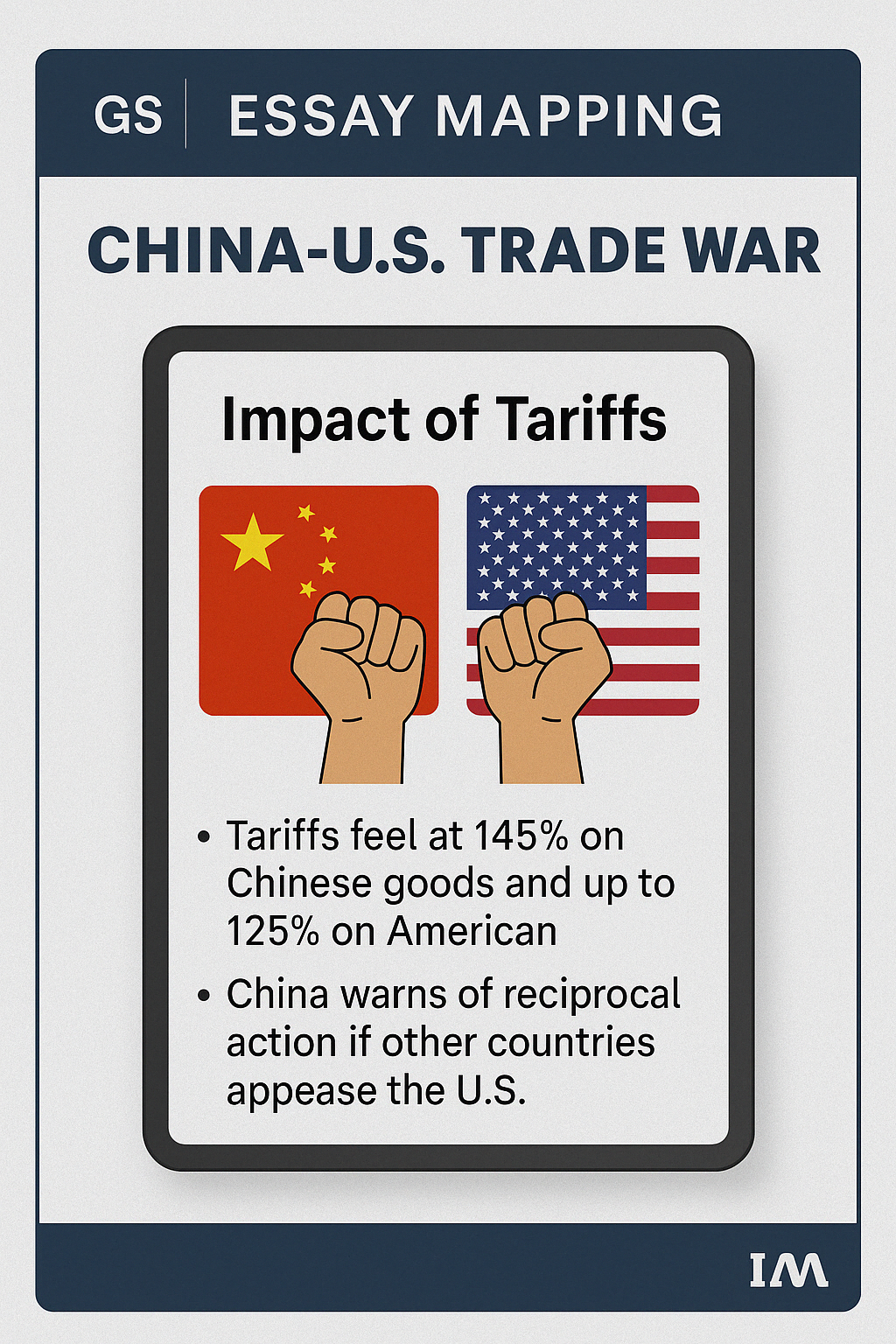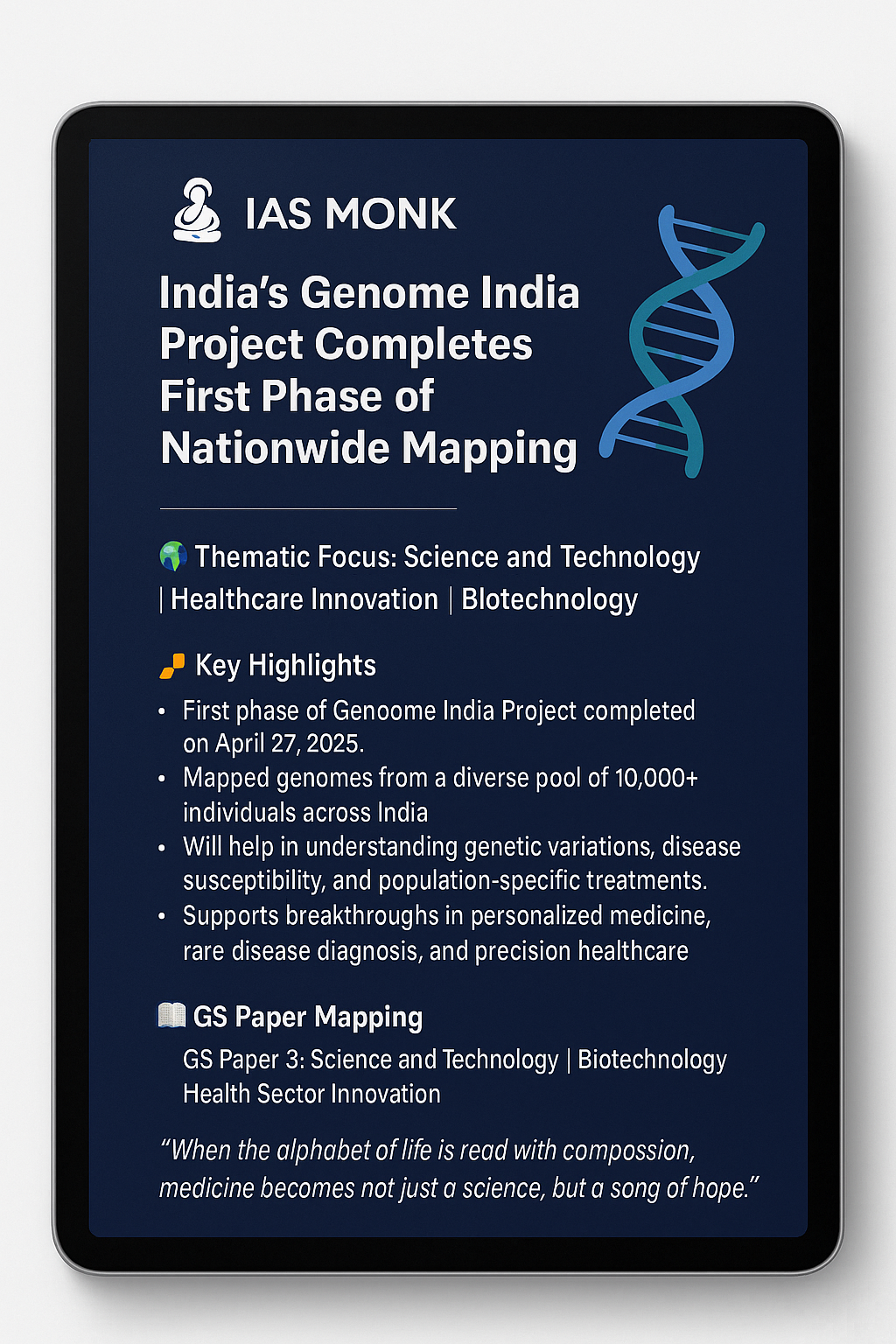
May 19, 2025, Post 3: Bypassing Boundaries: India’s Northeast Connects to Kolkata via Myanmar | High Quality Mains Essay | Prelims MCQs
Bypassing Boundaries: India’s Northeast Connects to Kolkata via Myanmar

INFRASTRUCTURE & GEOSTRATEGY
🎯 Thematic Focus:
Regional Connectivity | Northeast Development | Strategic Infrastructure | India–Myanmar Relations
🕊️ Opening Whisper
Sometimes, a road is more than a road — it is a declaration of intent, a bypass of dependence, and a bridge to autonomy.
🔍 Key Highlights:
- India is operationalising a direct connectivity corridor between the Northeast and Kolkata via Myanmar, significantly reducing its reliance on Bangladesh.
- The route is being built through the Kaladan Multi-Modal Transit Transport Project (KMTTP), enabling sea, river, and road connectivity between Kolkata, Sittwe Port, Paletwa, and Zorinpui, linking to Mizoram and beyond.
- It cuts through the 539 km sea route from Kolkata to Sittwe, a 158 km inland waterway to Paletwa, and a 108 km road to the Indian border — of which major segments are now completed.
- The road extension from Zorinpui to Aizawl and Shillong is being developed via the Silchar–Shillong highway, improving linkages with the Eastern Industrial Corridor.
🛣️ Strategic Importance of the Route:
- Reduces dependence on Bangladesh, which has traditionally served as India’s transit partner for the Northeast.
- Serves as a response to Dhaka’s recent statement on Northeast India’s landlocked status.
- Enhances implementation of India’s Act East Policy, opening up trade with Myanmar, Thailand, and ASEAN nations.
- Counters China’s Belt and Road Initiative, especially near Myanmar’s Kyaukpyu Port and China-Myanmar Economic Corridor.
💹 Economic and Trade Impacts:
- Provides a faster and direct trade route from Northeast states to Kolkata and global markets.
- Expected to boost industrial growth, tourism, and cross-border value chains in Mizoram, Manipur, and Nagaland.
- Reduces costs and delays faced under Bangladesh transit arrangements, such as land port fees, customs bottlenecks, and dependency clauses.
🔥 Trade Friction with Bangladesh:
- India has restricted Bangladeshi ready-made garments from entering through land ports in Tripura, Assam, Meghalaya, and Mizoram.
- These goods must now go via Kolkata or Mumbai ports for inspection — a countermeasure against Bangladesh’s earlier ban on Indian yarn exports via land.
- The move affects over 93% of Bangladesh’s garment exports to India, shifting regional trade dynamics.
🧭 Security and Infrastructure Challenges:
- Delays in the Paletwa–Zorinpui road segment are due to Arakan Army insurgency and tough terrain.
- Indian security presence in western Myanmar is crucial for border stability and infrastructure continuity.
- The project contributes to India’s presence in conflict-prone zones, subtly balancing Chinese influence.
📘 GS Paper Mapping:
- GS Paper 3: Infrastructure | Border Area Development | International Trade
- GS Paper 2: India and Its Neighbourhood | India’s Act East Policy
- Essay/Interview: Connectivity as Strategy | India–Myanmar–ASEAN Linkages
✨ A Thought Spark — by IAS Monk
When a corridor is carved through risk and conflict, it becomes more than a road — it becomes a message: that India’s Northeast is not an endpoint, but a gateway.
High Quality Mains Essay For Practice :
Word Limit 1000-1200
Rerouting Dependence: India’s Myanmar Corridor and the Strategic Reinvention of Northeast Connectivity
Introduction
India’s Northeast has long grappled with a paradox — geographically connected to the Indian mainland by the narrow Siliguri Corridor, yet geopolitically and economically isolated. Historically reliant on transit through Bangladesh, the region’s connectivity has faced vulnerabilities rooted in diplomatic friction, trade restrictions, and logistical bottlenecks. In 2025, India’s decision to operationalise a direct corridor from Kolkata to the Northeast via Myanmar signals a strategic pivot in its connectivity doctrine. This essay explores the economic, geopolitical, and security implications of this shift.
The Kaladan Multimodal Transit Transport Project (KMTTP)
Launched as part of India’s Act East Policy, the KMTTP aims to connect Kolkata Port to Mizoram through a multi-modal route passing via Myanmar’s Sittwe Port, inland waterways to Paletwa, and roadways to Zorinpui.
- Sea Leg: Kolkata to Sittwe (539 km) – completed.
- River Leg: Sittwe to Paletwa (158 km) – completed.
- Road Leg: Paletwa to Zorinpui (108 km) – under construction, delayed due to insurgency.
- Indian Extension: Zorinpui to Aizawl and Shillong via Silchar – currently underway.
This route bypasses the Siliguri bottleneck and the Bangladesh corridor, giving India greater autonomy in routing trade and strategic movement.
Strategic Drivers of the Shift
1. Redefining Regional Dependencies
India’s response follows diplomatic discomfort after Bangladesh termed the Northeast as “landlocked” and dependent on Dhaka. The corridor is a strategic reassertion of autonomy, aimed at nullifying any leverage Bangladesh might hold over land-based trade access.
2. Geopolitical Counterbalance to China
China’s presence in western Myanmar, particularly through the Kyaukpyu port and the China-Myanmar Economic Corridor, has raised alarms in New Delhi. By developing infrastructure in Rakhine and Chin states, India is staking physical and diplomatic presence in a strategically contested region.
3. Act East in Action
The corridor complements the India-Myanmar-Thailand Trilateral Highway and aligns with India’s goal to integrate the Northeast with ASEAN economies, enhancing trade, tourism, and supply chains across Southeast Asia.
Economic and Developmental Impacts
1. Boosting the Northeast’s Economy
Better access to Kolkata opens up markets for Mizoram, Manipur, and Nagaland. It will reduce the cost of moving goods, attract investment in logistics, tourism, and agro-processing, and help bridge regional development gaps.
2. Industrial Linkage with East-West Corridor
The corridor links with the proposed East-West Industrial Freight Corridor, creating an industrial spine connecting Mumbai, Raipur, Kolkata, Silchar, and Aizawl.
3. Logistical Efficiency
Compared to navigating multiple customs and logistics protocols in Bangladesh, the Myanmar route, once complete, will be faster, cheaper, and under direct Indian administrative and security oversight.
Friction in Indo-Bangladesh Trade Relations
The new route also coincides with India’s restrictions on Bangladeshi ready-made garment exports via Northeast land ports. This retaliatory step follows Bangladesh’s earlier ban on Indian yarn exports via land, reflecting how trade policy is increasingly influenced by strategic calculations.
The impact is significant — over 93% of Bangladesh’s garment exports to India previously used these land ports. With new shipping requirements via Kolkata and Mumbai, costs for Bangladeshi exporters rise, and India gains leverage in renegotiating trade terms.
Security Challenges and Mitigation
- The Myanmar route faces militant activity from groups like the Arakan Army, making security deployments and diplomatic coordination essential.
- Terrain challenges and slow road construction in Chin and Rakhine states hinder progress.
- India’s forward deployment in this region also sends a message to both insurgents and external actors, reinforcing its sovereign stake in shared infrastructure.
Conclusion
India’s decision to strengthen the Myanmar route is a multidimensional pivot — one that reflects pragmatic geopolitics, infrastructure diplomacy, and economic foresight. By creating alternate corridors, India is de-risking Northeast development, countering regional overdependence, and reasserting strategic balance in the Indo-Pacific region.
More than just a transit project, the corridor represents India’s growing resolve to write its own logistics map, define its terms of engagement, and deliver inclusive development to its most remote frontier.


















